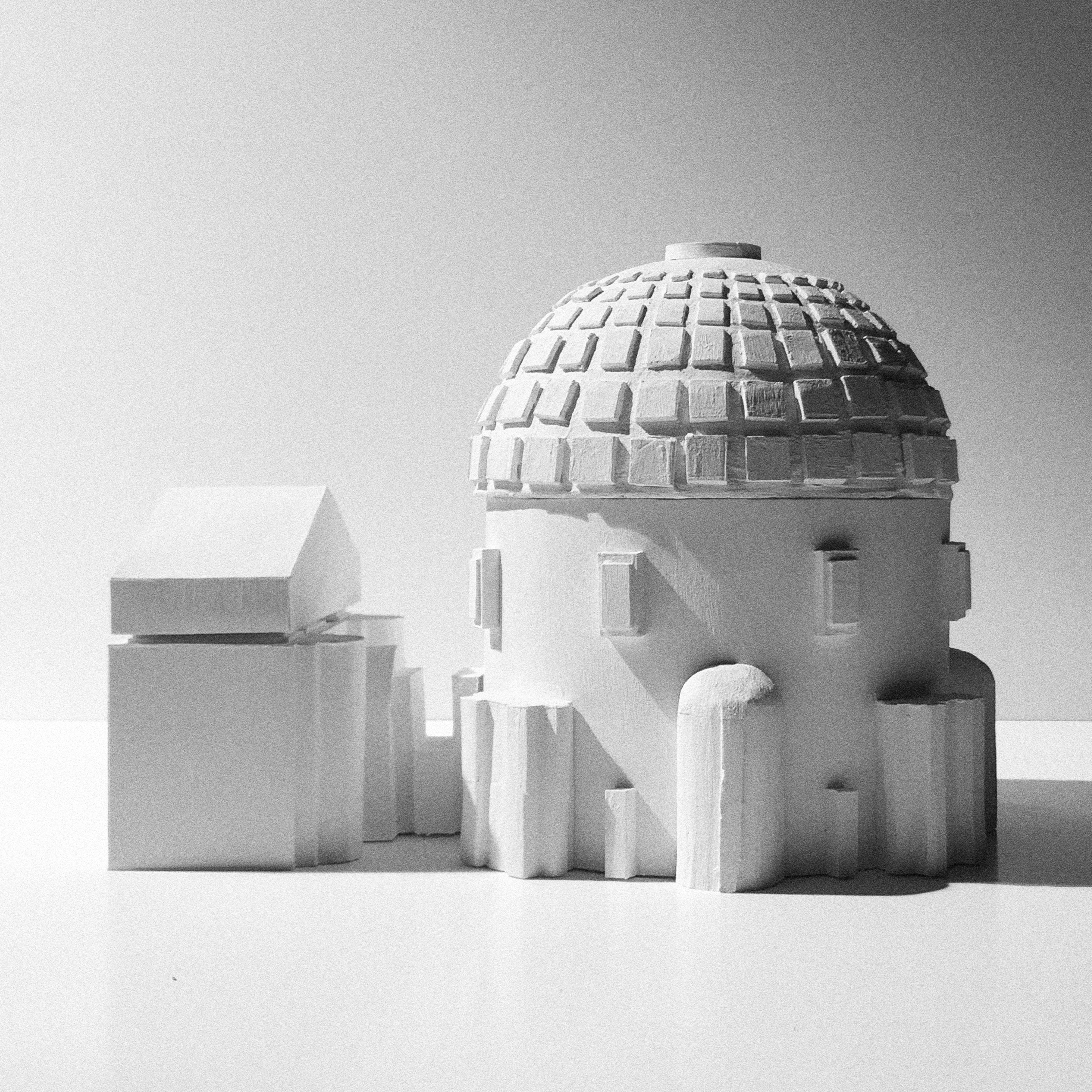Pantheon
Luigi Moretti, Italian architect of the early 20th Century, had an acute interest in resolving architectural experience through the study of the void within the walls and windows of buildings old and new. The Pantheon is a canon example of how space is emotional and connected to a greater existence. He states, “The conquest and resolution of spaces coincide with the conquests and with the very history of architecture itself”. The main space of the pantheon grasps at the sky above, and by staring into the space above, the forced perspective created by the coffers doubles with the real perspective of the space. In effect pulling the individual up into the space, into the center of the sphere which forms the geometry of the main hall. The pantheon operates on the individual, taking them into its void and curating their experience with its architectural articulation.
A Pantheon, a temple for all gods. It was menat to stand in permenence for all of time, forever serving the stars for which it thanked for its existence. In a miraculous effort by the roman people, their own seperation from the deities they worshipped was being bridged through their construction.
Luigi Moretti, Italian architect of the early 20th Century, had an acute interest in resolving architectural experience through the study of the void within the walls and windows of buildings old and new. The Pantheon is a canon example of how space is emotional and connected to a greater existence. He states, “The conquest and resolution of spaces coincide with the conquests and with the very history of architecture itself”. The main space of the pantheon grasps at the sky above, and by staring into the space above, the forced perspective created by the coffers doubles with the real perspective of the space. In effect pulling the individual up into the space, into the center of the sphere which forms the geometry of the main hall. The pantheon operates on the individual, taking them into its void and curating their experience with its architectural articulation.
A Pantheon, a temple for all gods. It was menat to stand in permenence for all of time, forever serving the stars for which it thanked for its existence. In a miraculous effort by the roman people, their own seperation from the deities they worshipped was being bridged through their construction.
Refresh page if images do not load






